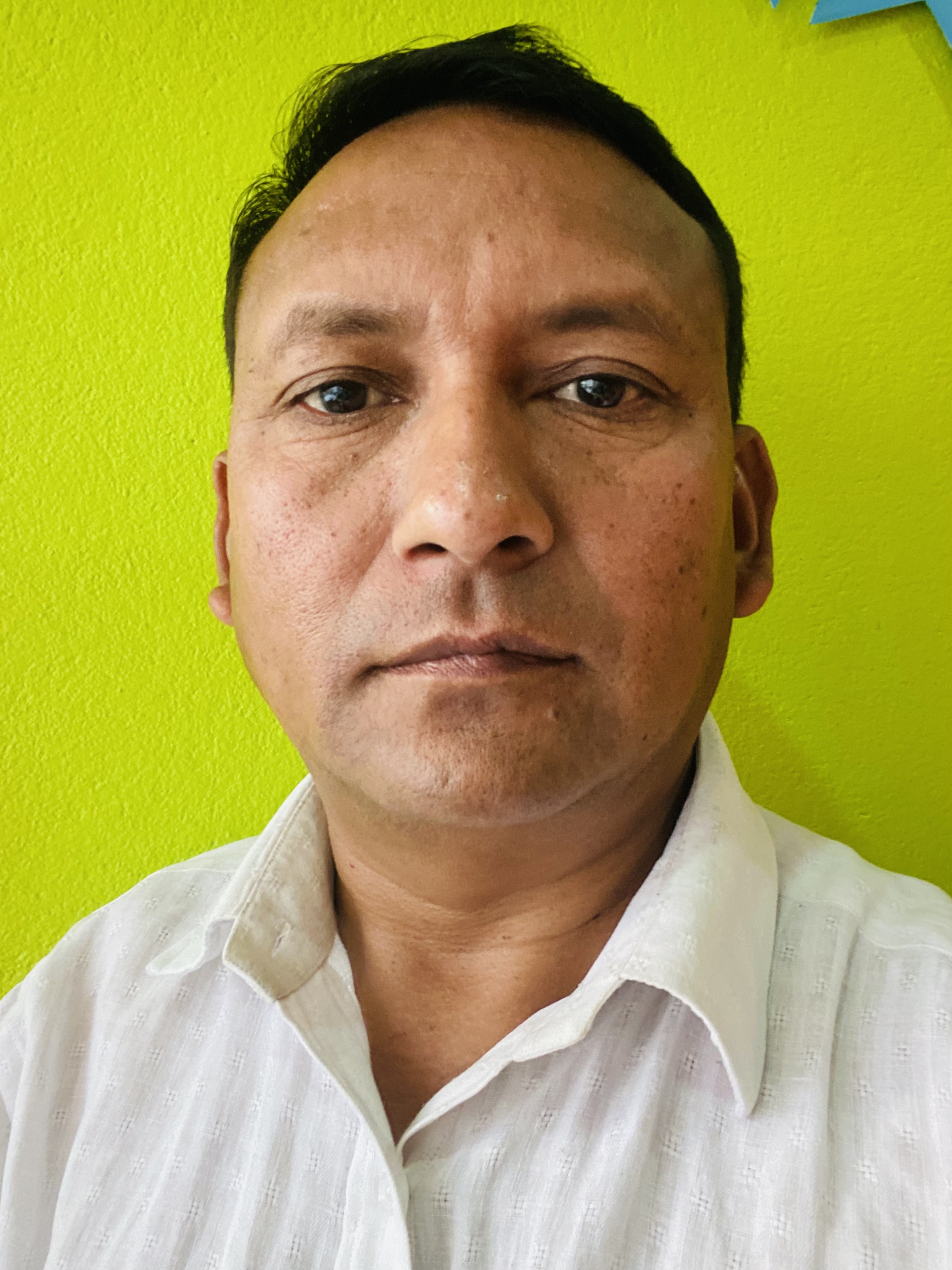Columns
Communists in saffron robes
People can’t tell which one of Prachanda's avatars is genuine and which is fake.
Mitra Pariyar
Last June, Prime Minister Pushpa Kamal Dahal “Prachanda” shocked and surprised many by donning saffron robes and performing a six-hour-long worship at the famous Mahakaleshwar temple in Ujjain, Madhya Pradesh, India. This elaborate Hindu puja by the chief executive of a secular nation during his state visit to the southern neighbour caused much controversy both inside and outside Nepal. Many of his own Maoist Centre party members and supporters, especially Dalits and Janjatis, were flabbergasted. Not less so the Indians themselves.
Prachanda later defended this unprecedented event as being part of his “cultural diplomacy”. He tried to convince his comrades by insisting that he was still a communist (that is, non-religious), implying that it was a political worship of St Modi and his ultra-Hindu nationalist politics more than anything else.
One would be inclined to ask why Prachanda showed such faith in Lord Shiva if indeed he was an atheist. A non-believer performing puja in one of the most sacred Hindu shrines would be potentially offensive to the religious community itself. It’s one thing to attend formal functions at a temple, monastery, church, gurdwara or mosque; quite another to actually perform a ritual in the sanctum sanctorum, as a pukka Hindu Brahmin. Even as prime minister, he’d probably not have access there had he been an adherent of a different religion—or if he’d been a Shudra!
Hindu nation
More importantly, did his unconventional diplomacy serve or hurt Nepali interests overall? Will an elated Modi now perform miracles in the world’s second poorest nation? And didn’t Prachanda endorse and invite Hindutva politics in Nepal through this most unlikely action?
Some critics hold the view that through this elaborate temple worship, Prachanda signalled to the Indian establishment—and to the orthodox Hindus of the Indian subcontinent in general—that he was ready to serve their interest and return Nepal to its previous status of the world’s only Hindu nation. Let’s just hope that the grim forecast comes out wrong.
If Prachanda does indeed want to return to the Hindu nation, why did he cause so much death and destruction in the first place? When he plays Dr Jekyll and Mr Hyde like this, people are obviously confused about the leader who was once considered to be a liberator of the lower classes and castes. They increasingly can’t tell which one of Prachanda's avatars is genuine and which is fake. Previously, he was a firebrand communist revolutionary who destroyed temples and harassed priests and slaughtered cows. And now he seems to be a replica of Narendra Modi.
Judging from his days in power, it appears that he probably never gave up his caste pride as a Brahmin man. Nor did he relinquish the Hindu religion. He merely disguised himself as a Marxist and an atheist to win the support of the Dalits and Janjatis, which was essential for him to gain power.
I’m not blaming only Prachanda for this turn of events. My analysis is probably true for all leaders and frontline political figures on either side of the ideological aisle. But those on the left are more hypocritical. They rhetorically shun the Hindu religion and its negative elements, particularly caste hierarchy. But at the same time, they can’t give up their sacred thread—the very symbol of higher or pure caste. They preach the Marxist doctrine that religion is the opium of the people, but they can’t help using it.
The problem is complicated by the fact that nearly all leaders and influential figures are Brahmins. They are infused with Brahmanic principles and ideologies, including the code of Manu. Directly or indirectly, they can’t help practising the sacred tradition of caste while denouncing it. No wonder, some Nepali scholars and public intellectuals have argued that genuine communists are a rare species in Nepal.
Indian political scientist and fearless Dalit activist Kancha Ilaiah says the same about communists in his country. Professor Ilaiah has repeatedly stated both in writing and orally that, while communism or Marxism is a potentially powerful weapon of the lower castes, it has become blunt in the hands of the Brahmin communists.
Kancha Ilaiah’s critical view of Indian communists draws from Dr Babasaheb Bhimrao Ambedkar. The chief architect of the Indian constitution, as well as an icon of the Dalit freedom struggle, Ambedkar deeply studied communist movements in India and exposed their many weaknesses, not least its Brahmanic control. He lamented that the Union of Soviet Social Republics made a big mistake by entrusting Brahmins with revolutionary politics. For Ambedkar, Brahmins can never be true communists.
Dictatorship of the Brahmin
As a Dalit, I obviously support many Marxist principles. But I’ve always been a democrat; I’ve never believed for a moment that dictatorship of any kind, including that of the proletariat, will do any good for the Dalits. How can we imagine Dalit freedom in a regime where one doesn’t even have the freedom of expression and association? Ambedkar rightly warned us long ago that a socialist or communist state would lead to the dictatorship of the Brahmin over other castes. Good thing that the Maoists weren't victorious.
Nepali communists did in the past arouse Dalit consciousness and encourage them to unite and fight, albeit always under the instruction of Brahmin leaders. This has been a serious downside which also watered down the effect of Marxist ideology. Communists in saffron robes are still confusing Dalits and weakening their agenda by stressing class over caste.
Yes, for the upper castes, class equality is of primary concern. But for us Dalits, caste is a much bigger issue. There’s some overlapping, of course, between class and caste, but the latter is a more intractable problem. Dalits haven’t been completely free from traditional prejudice and stigma even after becoming wealthy, like the urban Sunars trading gold and silver, for example.




 7.12°C Kathmandu
7.12°C Kathmandu















